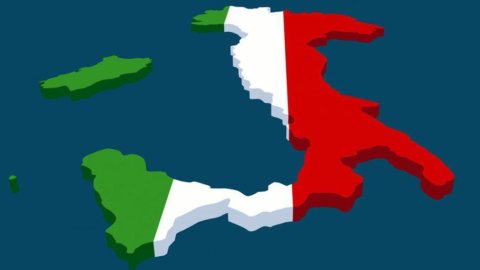In 2017, the Italian GDP increased by 1,5%, bringing the growth since the beginning of the recovery to 3,5%. At the sectoral level, the economy benefits from the acceleration in manufacturing: value added increased by almost 7% in real terms, contributing about a third of total growth.
Since the start of the recovery, more than half of the increase in output can be explained by what happened in the machinery and transport equipment sectors. However, the situation remains critical in the textile, clothing and footwear sector, continuing a phase of weakening which has affected all
last twenty years. The food and pharmaceuticals are the only manufacturing sectors to present a higher production level both in comparison with 2007 and with the mid-XNUMXs.
On the other hand, the Italian recovery continues to be penalized by the disappointing dynamics of construction which, after having suffered eight years of continuous declines, has recorded only a small recovery in the last two years, maintaining a loss in terms of added value of more than 30 points percentages. The services, on the other hand, almost entirely recovered what they lost.
The recovery of the Italian economy reflects the robust increase in exports, which have approached 450 billion euros. Significant growth was seen in sales in the United States, driven by the means of transport sector, and those in China, which absorbed around 3% of the total, while some uncertainties emerged in exports to France. On the other hand, the drop in the price of oil penalized sales in OPEC countries.
Despite the recovery, in comparison with the other main European economies, Italy shows a persistent criticality in increasing overall wealth in a stable way, making it difficult to perceive the benefits for the community deriving from the return to positive growth rates. The per capita GDP went from 18.140 euros in 1996 to 28.340 in 2017. In the last twenty years, however, the gap with respect to France (34.150) and Germany (39.550) has widened, while the advantage has narrowed with Spain (25.000).





